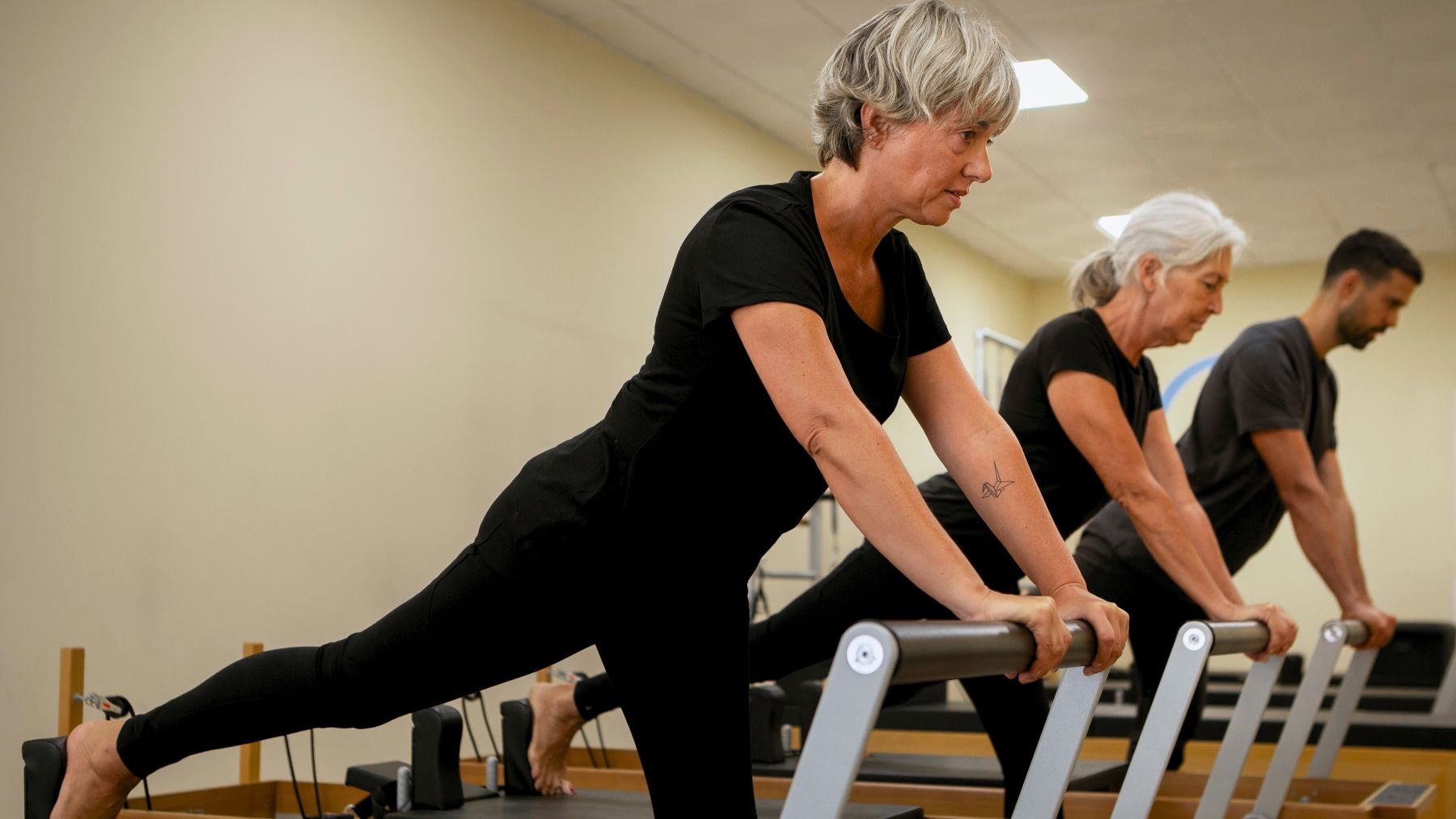As we grow older, maintaining balance is crucial for staying active, independent, and confident. Although lifting weights offers undeniable benefits, there is a simpler and often overlooked movement that targets stability and strength in a way suitable for seniors.
We’re talking about backward lunges, an exercise that develops lower-body power and cultivates controlled movement, essential for fall prevention and daily confidence. Let’s examine the benefits of this movement, explore the proper techniques for performing it safely, and identify other exercises that form a comprehensive fitness strategy.
How backward lunges increase balance for seniors over 60
Backward lunges are particularly effective because they simulate everyday movements such as stepping back into a chair or stabilizing oneself on uneven terrain. In contrast to forward lunges, the backward motion alleviates knee strain, making it more suitable for those with joint sensitivity or mild arthritis.
It actively engages key muscle groups—including the glutes, quadriceps, and hamstrings—while challenging the core to maintain a stable torso. With consistent practice, it can improve lower-body strength and proprioception, the body’s intrinsic sense of spatial awareness, contributing directly to better balance.
To do a backward lunge correctly, stand tall with feet hip-width apart. Take a controlled step back with one foot, lowering your back knee toward the floor until both knees form 90-degree angles. Keep your chest upright and core engaged. Push through your front heel to return to the starting position.
Aim for 8–10 reps per side, focusing on slow, deliberate movements rather than speed. If you prefer, you can place a chair nearby for support. You can also add light dumbbells with time as you gain confidence.
Other exercises to pair with backward lunges
While backward lunges improve balance and strength, integrating them with additional movements fosters a well-rounded fitness plan. Here’s how to diversify your workouts:
- Chair squats: Sit-to-stand motions reinforce leg power and coordination. Lower onto a chair slowly, hover just above the seat for a second, then rise without using your arms. This exercise mirrors the practical movement of getting in and out of cars or off the couch, promoting functional mobility.
- Side-lying leg lifts: These strengthen hip muscles to enhance lateral stability. Lie on one side with your legs stacked, and lift the top leg toward the ceiling. Slow, controlled reps target the outer hip muscles, which are critical for walking and sidestepping obstacles.
- Seated rows with resistance bands: Good posture significantly influences balance. Attach a band to a sturdy surface, sit tall, and pull the band toward your ribs while squeezing your shoulder blades. This helps counteract the forward hunch that often comes with age by strengthening the upper back and shoulders.
- Standing calf raises: Strong calves contribute to better ankle stability. Rise onto your toes while holding onto a countertop for support, pause momentarily at the top, then lower slowly. This movement builds muscular strength and improves balance through controlled eccentric and concentric muscle actions.
Incorporate these exercises 2–3 times weekly, alternating them with backward lunges. Pair them with daily walks or low-impact cardio such as swimming to boost cardiovascular health without overtaxing the joints.
Beyond these exercises, consider exploring additional balance-enhancing activities such as tai chi, yoga, or aqua aerobics. Each of these provides mindfulness, coordination, and strength, enriching your fitness journey during retirement.

